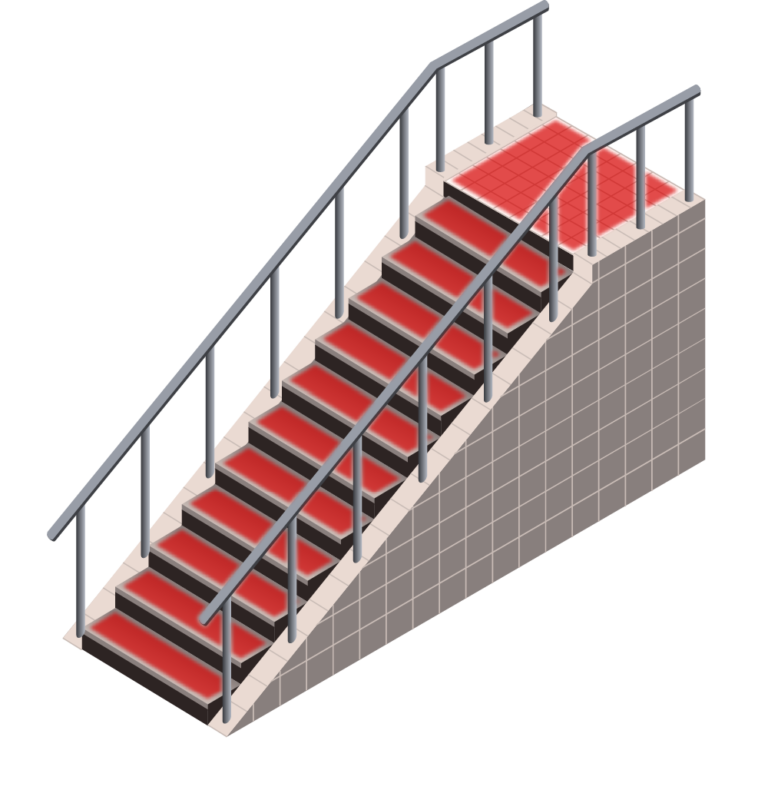STOP-THE-SLIP PROBLEM AREAS AT HOME & WORK
The best way to reduce the chances of a slip, trip, or fall is through an understanding of the hazards that exist and the steps you can take to make both home and work safer for family, friends and co-workers.
We have organized our decades of experience and research into several sections of content through which you will find answers to both the causes of and solutions for slip and fall hazards. The content categories include:
AT HOME
According to the National Floor Safety Institute, half of all accidental deaths in the home are caused by a fall and most of those injuries occur at ground level, not from a height. Whether young or old, the need to understand the potential slip and fall risks at home is important. In this section, AT HOME, we’ll help you understand how to prevent and mitigate the slip and fall risks room by room, throughout your home.

AT WORK
If you own a business, commercial property, or are responsible for the safety and maintenance of public or private locations, you will want to review our analysis of slip, trip, and fall hazards in the workplace. Most large companies have dedicated personnel assessing risk, and these companies invest in preventative slip and fall safety measures. As a result, the data shows that fewer than 10% of all slips and falls occur at work. Small and medium-sized businesses don’t always have the resources, time, or expertise to understand the potential liability of a slip, trip or fall injury because of a condition that could have and should have been remedied. In the AT WORK content section you’ll find a full discussion of the slip and fall hazards at various non-residential locations including:
STRUCTURES
It will come as no surprise that certain physical structures at home and work tend to be the location for a large number of slips and falls. As I reported in my book, Stop-the-Slip, “In 2013, according to the US Consumer Product Safety Commission, emergency rooms treated over 1.3 million injuries that occurred on stairs or in conjunction with handrails or banisters.” Humans are capable of many amazing physical feats, but seemingly mundane physical structures like stairs and ramps – coupled with a lack of attention and environmental factors – can create dangerous slip-and-fall conditions. We go in-depth into the slip and fall risk created by these structures and offer preventative measures that can be taken to substantially reduce the risk of an accident.
MATERIALS
Depending on the environmental conditions and structural use, some building materials are more susceptible to slips and falls than others. For example, natural wood can perform either as a high-traction surface or potential skating rink, depending on its finish, where it’s located and the environmental conditions. Other materials, like ceramic tile, are naturally slippery and require thoughtful use and preventative measures to insure safety. In this section we discuss the pros and cons of various building materials and how you can maximize their traction in almost any location and condition.
